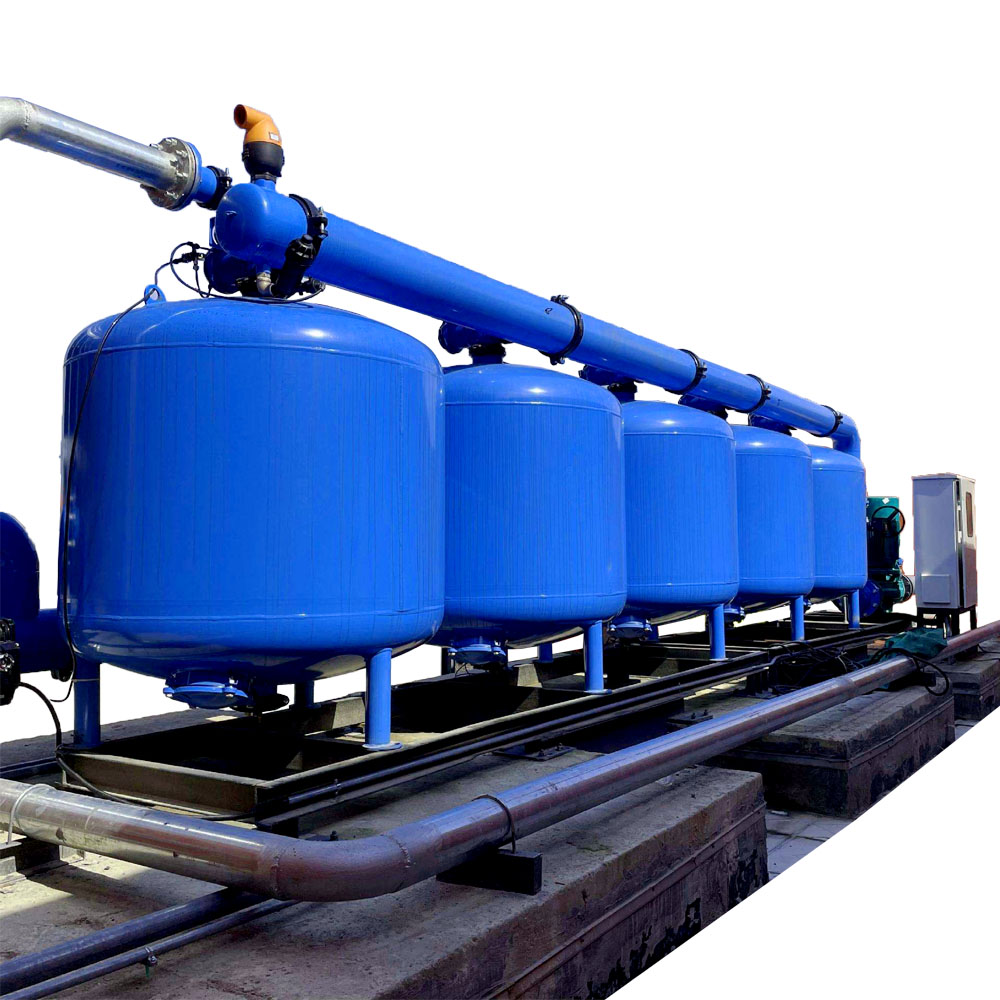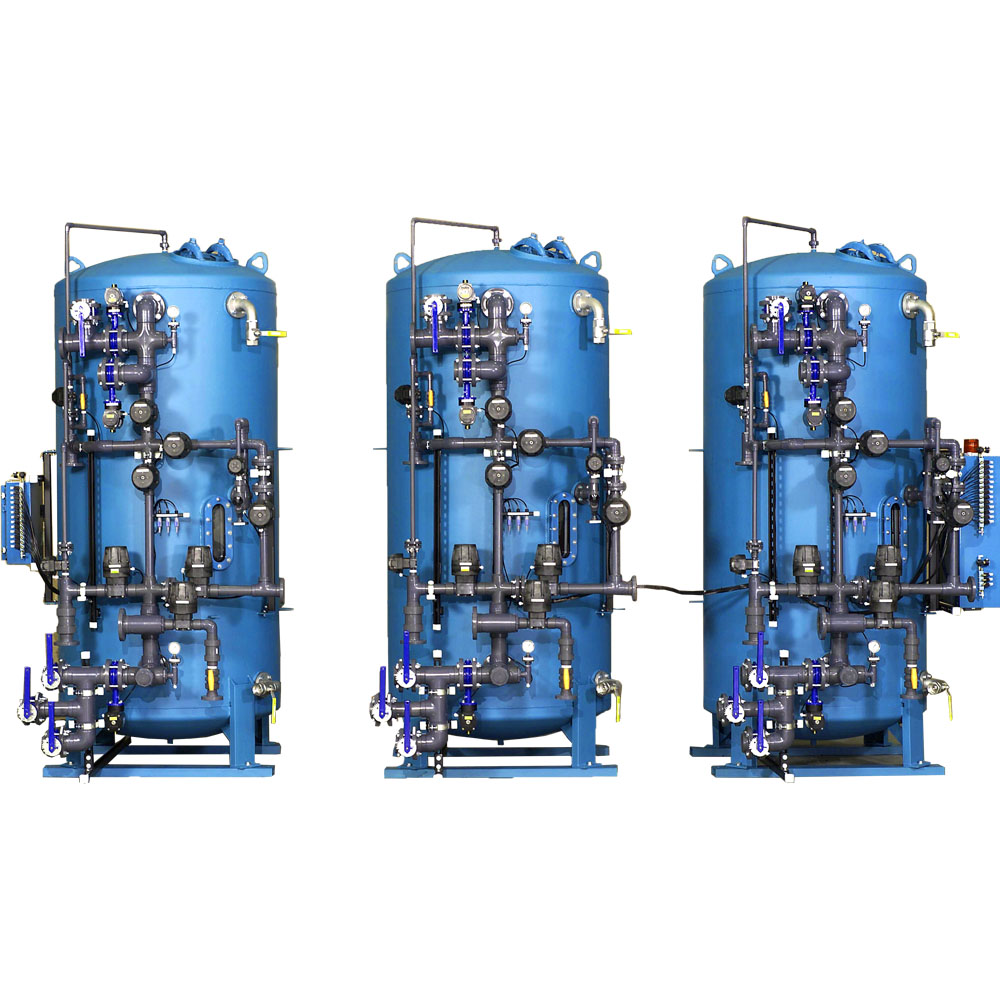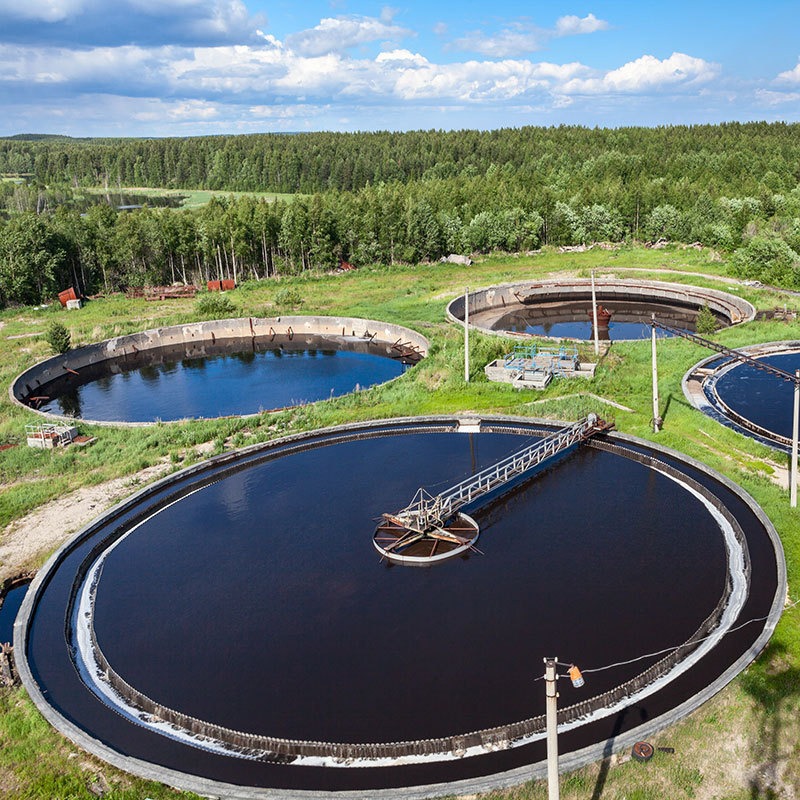- How did Food processing wastewater come?
Raw material washing wastewater: This is the largest part of food processing wastewater, usually accounting for 60%-70% of the total wastewater. When washing raw materials such as vegetables, fruits, and meat, a large amount of wastewater containing mud, sand, peels, and minced meat will be generated. This type of wastewater has a high concentration of suspended matter.
Processing wastewater: This part of wastewater has a high concentration of pollutants. For example, the cooking wastewater in meat processing contains a large amount of fat, protein and salt, and the chemical oxygen demand (COD) can reach 3000-8000mg/L, which is difficult to treat.
Wastewater with residual additives: Some of the preservatives, pigments, flavorings and other chemical substances used in the food processing process will flow into the wastewater, causing the biodegradability of the wastewater to deteriorate and increasing the difficulty of treatment.
Equipment cleaning wastewater: wastewater generated during the molding stage and equipment cleaning process, usually contains biodegradable organic matter and suspended solids.
2,What are the characteristics of Food processing wastewater?
High organic matter and suspended matter content: Food processing wastewater contains a large amount of organic matter and suspended matter. Organic matter mainly comes from sugars, proteins, oils, etc. in food raw materials, while suspended matter includes food residues, fiber debris, etc. In addition, wastewater may also contain oil, salt and nutrients.
Water quality and quantity fluctuate greatly: The quantity and concentration of food processing wastewater fluctuate greatly, which is mainly due to the differences in drainage in different production links. For example, the cleaning of raw materials, food processing and molding will all produce wastewater, and the drainage volume and water quality of these links vary significantly.
Distinctive color and odor: Food processing wastewater usually has a distinct color and odor. For example, meat processing wastewater is blood red and has a bloody smell.
Contains pathogens: Some food processing wastewater may contain pathogens, such as fecal Escherichia coli, fecal Streptococcus and Salmonella in meat processing wastewater.
Good biodegradability: Despite the high concentration of wastewater, its biodegradability is good, and the ratio of biochemical oxygen demand to chemical oxygen demand (B/C) is usually between 0.4-0.6, which means that most organic matter can be effectively degraded by microorganisms.
3. How to deal with Food processing wastewater?
1) Physical treatment methods: Physical treatment methods used for food industry wastewater treatment include screening, skimming, conditioning, sedimentation, flotation, centrifugal separation, filtration, microfiltration, etc. The first five processes are mostly used for pretreatment or primary treatment, and the last three are mainly used for deep treatment.
Chemical treatment methods: Chemical treatment methods used for food industry wastewater include neutralization, coagulation, electrolysis, oxidation-reduction, ion exchange, membrane separation, etc.
2) Biological treatment method:Biochemical treatment is the core of food processing wastewater treatment. Common methods include aerobic treatment and anaerobic treatment. Aerobic treatment uses aerobic microorganisms to decompose organic matter, while anaerobic treatment uses anaerobic microorganisms to decompose organic matter under anaerobic conditions. In food processing wastewater treatment, biological treatment processes can be divided into aerobic processes, anaerobic processes, stabilization ponds, land treatment, and various combined processes formed by the combination of the above processes.
3)Advanced treatment: In order to ensure that wastewater meets discharge standards, advanced treatment methods such as membrane technology and ozone treatment are often used. 3 These methods can effectively remove residual pollutants and ensure that the effluent quality meets discharge standards.






